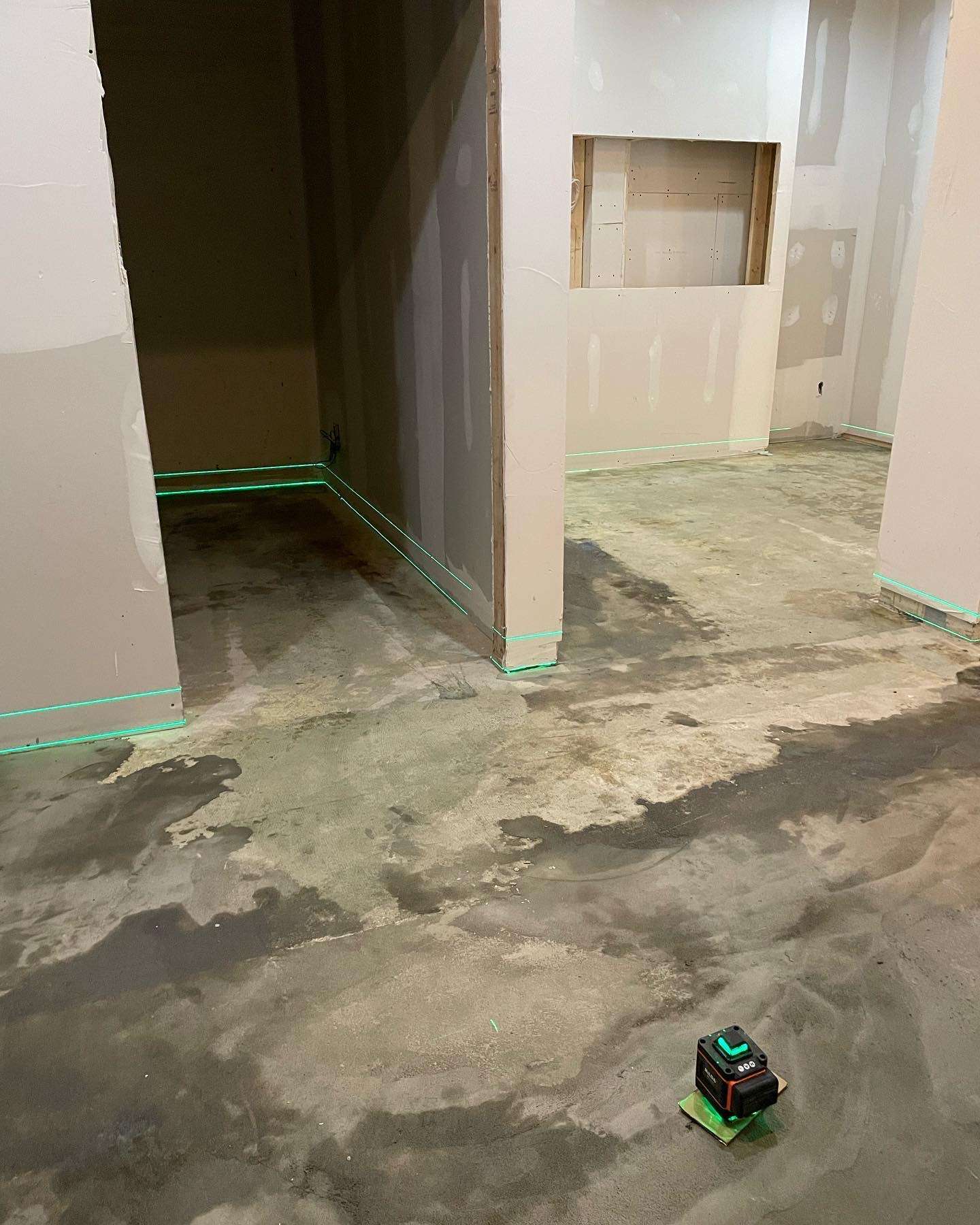Subfloor leveling is the process of preparing a subfloor by ensuring that it is even and free of any dips or bumps. An uneven subfloor can cause problems when installing flooring materials, such as tiles, hardwood, laminate, vinyl or carpet. If the subfloor is not level, it can cause the flooring to become uneven, making it difficult to install and affecting its durability.
Here are the steps involved in subfloor leveling:
- Evaluate the subfloor: The first step is to evaluate the subfloor to determine the extent of the problem. Check for any dips or bumps by running a level over the surface. If there are any areas that are significantly uneven, these will need to be addressed.
- Determine the appropriate leveling method: Depending on the extent of the unevenness, there are different methods that can be used to level the subfloor. For minor issues, self-leveling compounds can be used. While for more significant problems, additional materials, such as plywood or concrete, may need to be added.
- Clean the subfloor: Before beginning the levelling process. It is important to thoroughly clean the subfloor to remove any debris or dirt.
- Mix and apply the leveling compound: If using a self-leveling compound, mix it according to the manufacturer’s instructions and apply it to the subfloor using a trowel. Work in small sections and make sure that the compound is spread evenly over the surface.
- Allow the compound to dry: Once the compound has been applied, it will need to dry completely before any flooring materials can be installed. The drying time will vary depending on the product used and the thickness of the layer applied.
- Sand the surface: Once the compound is dry, the surface may need to be sanded for some type of installation. In order to make sure that it is smooth and ready for the installation of the flooring material.
Overall, subfloor leveling is an important step in preparing a surface for the installation of flooring materials. By taking the time to ensure that the subfloor is even and free of any bumps or dips, you can help to ensure a successful installation and increase the longevity of your flooring. EverGreen city floors team can assess you subfloor and advise you on the benefits and drawback of doing subfloor levelling. In order to help you get a quote for your project. Or you can call us if you have any questions in this regard.



